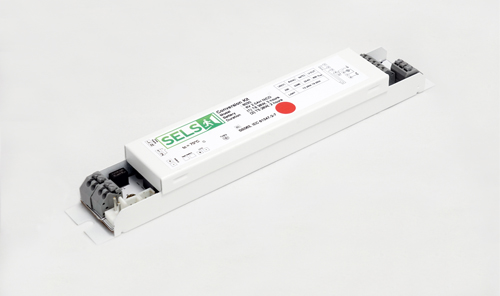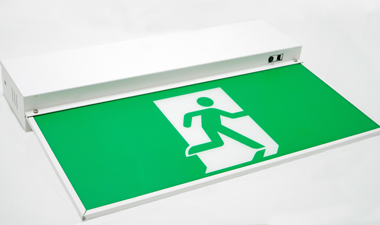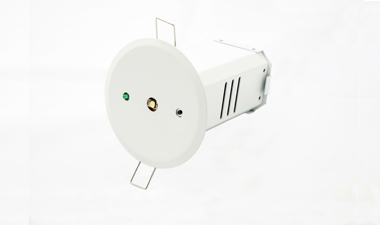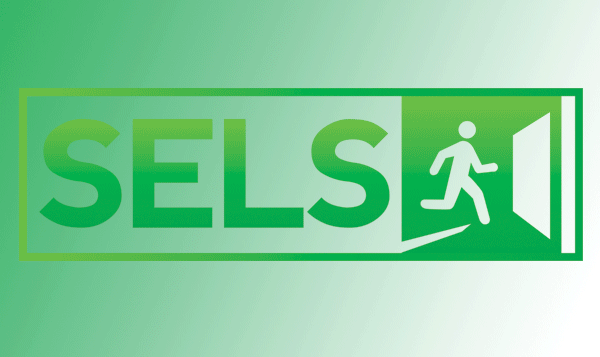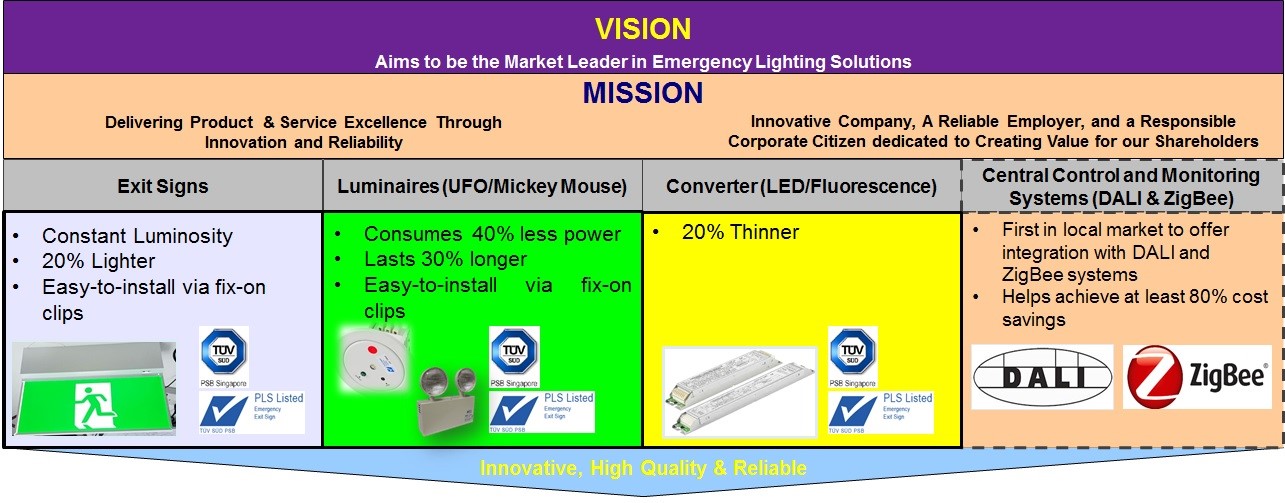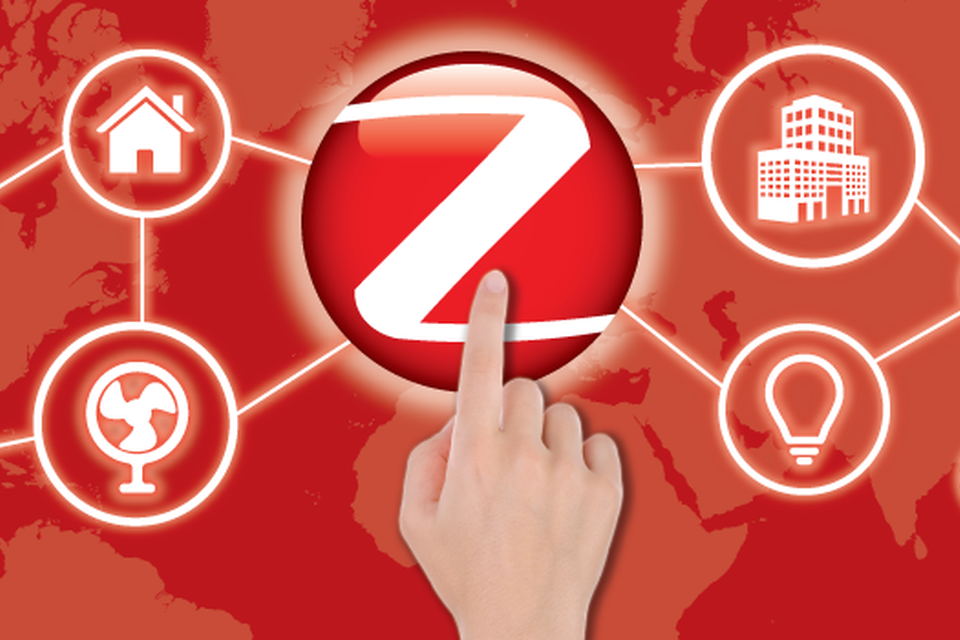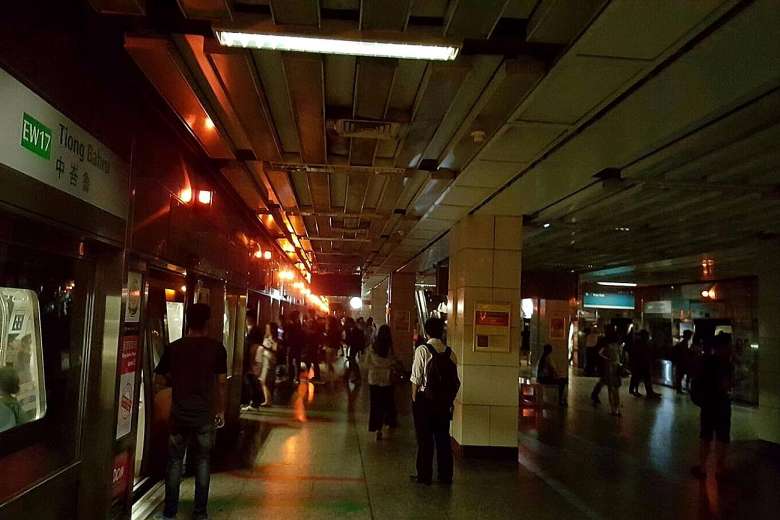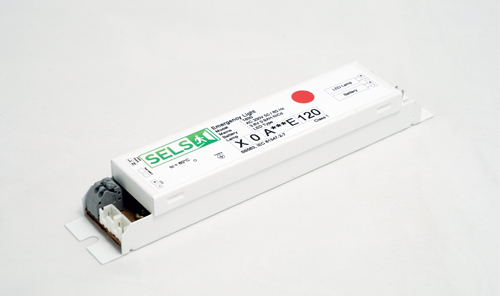If you think your emergency lighting complies with the law, you might want to think again. It's easy to stray.
So says Alan Daniels, technical director of emergency lighting provider P4.
Speaking at the Lux Emergency Lighting Conference 2015 yesterday, Daniels warned in a presentation called Five ways you could be breaking the law that there a number of ways people responsible for emergency lighting could unwittingly transgress.
Perhaps the most accidental of them all: emergency lighting can fall afoul after facility remodelings.
'All too often changes to premises are made, walls are put up, doors are moved, all sorts of things, and there's no consideration at all about how the emergency lighting is affected by that,' Daniels said. He reminded the audience that current regulations require emergency lights (such as the familiar green 'lunch box' luminaires that indicate escape routes) in staircases and where corridors meet.
Another simple mistake: Allowing occupants into a building before recharging batteries after routine three-hour testing of emergency lights (the length of time regulations can require emergency lights to shine).
'Not recharging before reoccupation again is an issue because if you've got no emergency lighting on the premises you're effectively breaking the law in doing that,' Daniels said.
Failing to document a fire risk assessment that includes emergency lighting could also lead to legal trouble, he noted, as can failing to document things. 'It's necessary to keep records of issues you have tested,' Daniels said. 'Authorities including fire authorities have the right to see those.'
Daniels also cautioned that emergency lights that once were compliant might no longer be, under shifting regulations.
Recent emergency lighting violations in the UK have included the 18-month imprisonment of a Blackpool hotelier and a £200,000 fine for Tata Steel.
'There are actually quite a lot of ways in which you can break the law with emergency lighting,' Daniels said. He singled out five headliners:
- Failing to do a risk assessment
- Failing to comply with current standards for emergency lighting installations
- Failing to comply with current standards for emergency lighting products
- Failing to comply with current standards for emergency lighting testing
- Failing to rearrange emergency lighting after a building refurbishment
The UK's Regulatory Reform Fire Safety Order of 2005 specifies many of the requirements for emergency lighting.
For readers who want the code porn: In the UK, installations must comply the National Standards Body's BS5266 parts 1, 7 and 8; products with BSEN 60598-2-22; and the testing with BS5266 Part 8.
It might sound like dull reading, but it could go a long way to avoiding the ball and chain.

